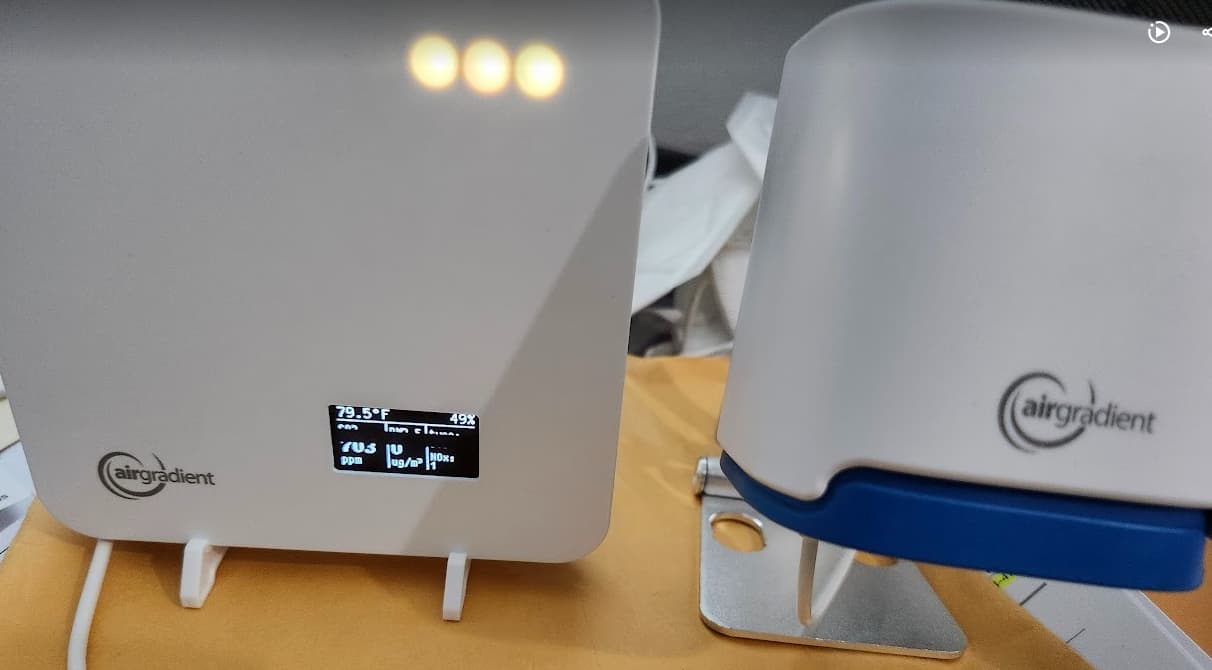Hello community,
New to the forum but excited to start this journey with everyone.
I’m testing an outdoor and indoor new out of box unit physically next to eachother. Both unit have the latest firmware but am seeing a wide deviation in the readings for the same items measured between the indoor and outdoor units. Is this expected?
I’m considering to purchase more units but want to make sure the precision and accuracy of these devices are matched. Thanks!


